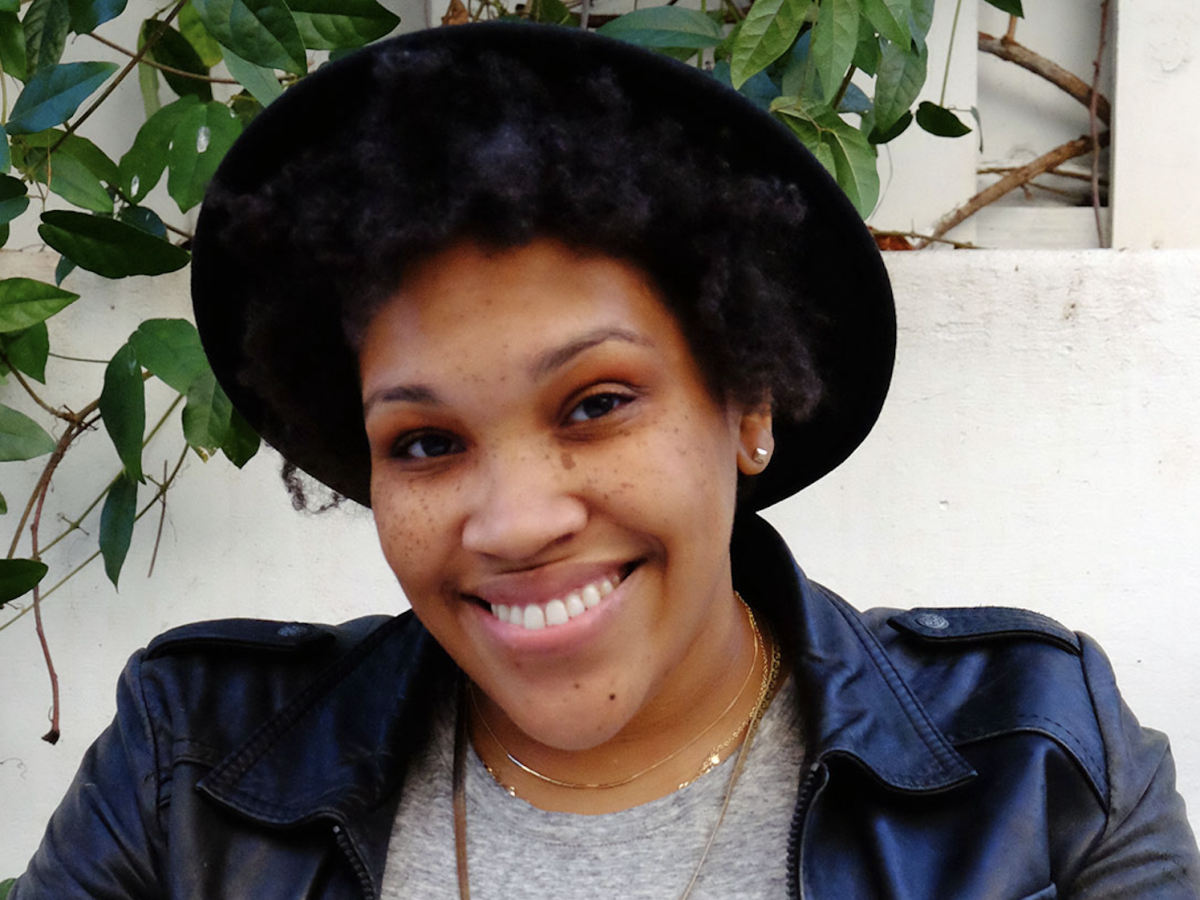
Mammy, Sapphire, and Jezebel.
These three reductive archetypes of Black women have been reinforcing stereotypes in the US for many, many years. They started in slavery and continue to show up in media depictions of us to this day.
Punctuated by either submissive, sassy and/or oversexulized characteristics, these images have greatly influenced the way the world sees us–not only in entertainment mediums, but in our daily lives. From the way we speak, the clothing we wear, or even natural hairstyles we wear in the workplace has come under scrutiny based on preconceived notions shaped from the inundation of certain images that spotlight the most negative aspects of our existence.
Tristen Norman knows first-hand how this affects us. As the Director of Creative Insights at Getty Images and iStock, she sees and analyzes photos the world’s biggest companies use to shape their brand and reach consumer bases. But she says she’s using her role for much more than that.
“I’m in the business of representing women and breaking down stereotypes, especially in my work,” Norman shared with Essence. “We really wanted to deepen our relationship with the brands that we were talking to and understand how visual language is changing, and figure out how people are responding to certain images they see in mainstream media and consumer spaces.”
Norman is one of the leaders at Getty who work closely with their latest ambitious project: Visual GPS. Launched in 2020, Getty says the project is the product of intentionally focusing on bias to better understand its effect on image choice in advertising and media.
“Our biases remain pervasive, and it shows up in nearly every choice we make,” Norman said.
The Dominican-Jamaican Afrolatina says she understands how underrepresentation and negative representations can slowly creep into our consciousness and adversely affect the way we view ourselves: even the most confident of us.
“I’ve always known and liked who I am,” she said, sharing that she’s been ambitious since childhood. “I’ve always tried the hardest I could, showed up as the best version of myself and worked really hard. But even with that, I’ve still had to deal with microaggressions,” she said, explaining that her naturally textured hair caused some misperceptions in her career over the years.
“I did the big chop in 2011, and I remember that people would ask me so many odd questions,” she shared. ‘How do you make it look professional? Are you going to straighten before asking for a job? Those things come up just because of the pervasive imagery or the limited one-dimensional depiction of Black women.”
Although she says society has started to shift away from that thinking, we still have a long way to go.
“I think about Serena and Venus and the way people talked about them showing up in the world as angry Black women when they couldn’t be further from that,” she said, pointing out that despite the extreme success the Williams sisters have achieved, the public still assigned them the Sapphire trope.
“That’s why this work is so important–we are working to break down those gender and racial stereotypes and shift the way people view the world.”




